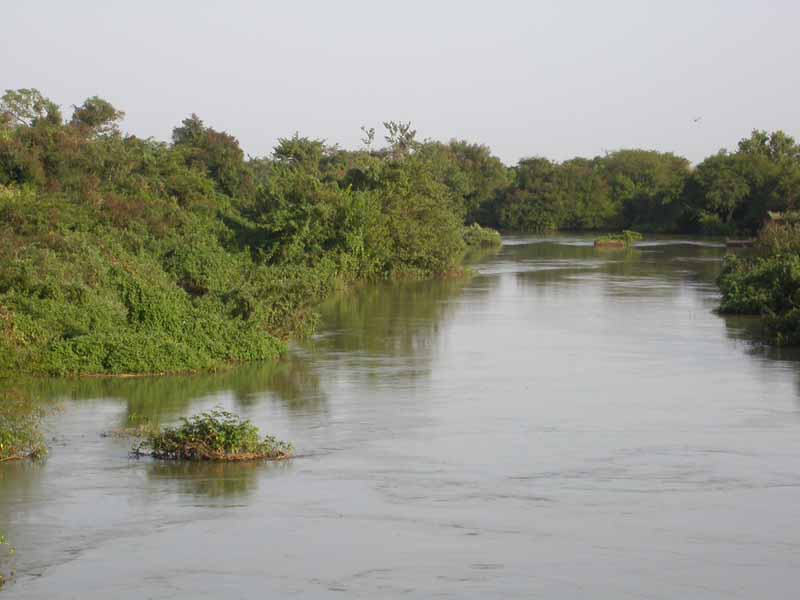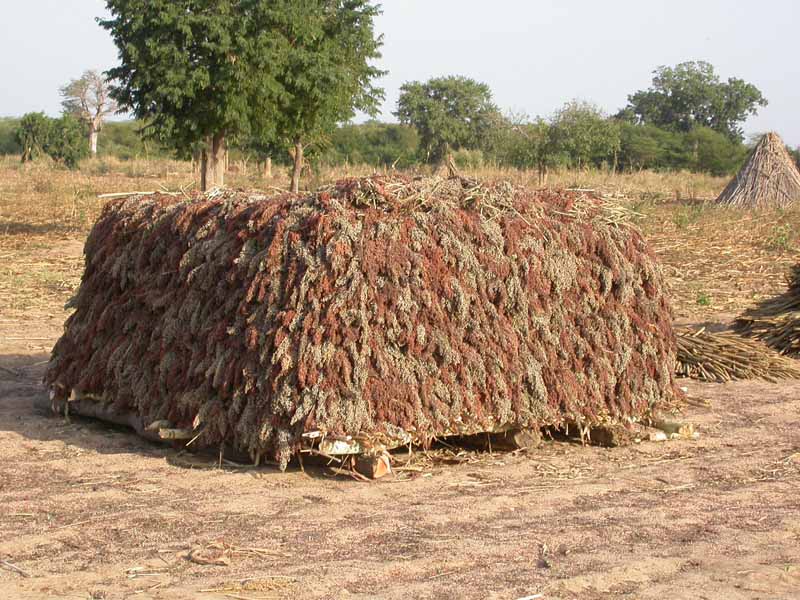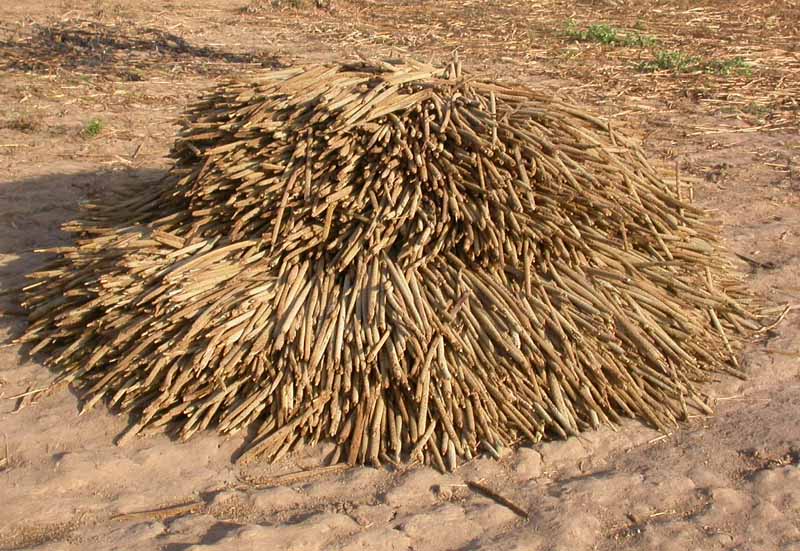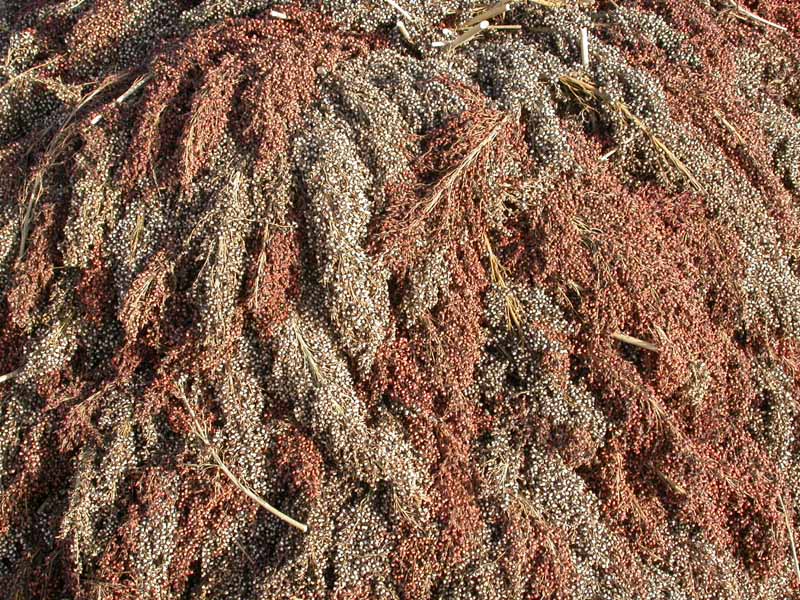Cereals in abundance in the Sahel and West Africa
According to a statement by the Inter-State Permanent Committee Against Drought in the Sahel (Le Comité permanent Inter-Etat de lutte contre la sécheresse dans le Sahel, CILSS) on November 9th, the outlook for harvests in the Sahel and in West Africa is bright.

 As for the Koudougou region in Burkina Faso we might say that the rainy season has been an atypical one. At the end of May, referring again only to Koudougou, we already had 150 mm of rain. But then we had to wait until the 22nd of July until the rainy season finally set in. Strangely enough, whilst August normally is the rainiest month, this time the most abundant rains fell in September (with a total of 249 mm). continuing thereafter until the 20th of October.
As for the Koudougou region in Burkina Faso we might say that the rainy season has been an atypical one. At the end of May, referring again only to Koudougou, we already had 150 mm of rain. But then we had to wait until the 22nd of July until the rainy season finally set in. Strangely enough, whilst August normally is the rainiest month, this time the most abundant rains fell in September (with a total of 249 mm). continuing thereafter until the 20th of October.
This end of season rain made it possible to catch up with the late start. It is also a boon for herders, who can still find watering holes and good pastures for their cattle.
 As regards cereals, the CILSS makes the following forecast (yet to be confirmed) :
As regards cereals, the CILSS makes the following forecast (yet to be confirmed) :
Thanks to these substantial rainfalls, « farming prospects are good for all countries. The global forecast for cereal production in the Sahel and in West Africa for the 2010/2011 season, with the exception of Senegal and Mali, is 51 031 000 tons (compared to the 45 486 000 of the 2009/2010 season), a 12% par rapport à l’année dernière. increase over the previous year. Significant rises in cereal production are expected in Chad, Niger and Burkina Faso. »
« Rice harvests are estimated to reach 9 850 000 tons (5% higher than in 2009/2010). A drop in rice harvests is foreseen for Benin, Togo and Niger. Maize is going up 3% (15 439 000 tons) compared with the previous season. Forecasts for other crops are 55 462 000 tons for yam and 76 304 000 tons for manioc. As a result of these good prospects, prices of dried cereals have fallen, with the arrival of fresh crops on the market. In all probability there will be sufficient quantities of food in the rural areas for the majority of herder communities and farmers. »
The CILSS also issues some recommendations:
Countriesshould :
- - take all the necessary measures to fight predators on their crops ;
- help producers rebuild food stocks for families and communities ;
- plan to build up new national food security stocks through local purchases in surplus areas ;
- launch public procurement programmes with small producers to improve their income ;
- maintain nutritional assistance programmes among populations in need, notably in Niger and Chad, in spite of the good harvests expected in these countries;
- take the necessary precautions to prevent forest fires and preserve animal feed stocks
The CILSS and regional information systems should :
- ensure follow up and analysis of the regional and international market situation and its impact on food security
Humanitarian institutions should :
- give priority to local institutional purchases, notably from small producers»
Koudougou, November 18th, 2010
Maurice Oudet
Director, SEDELAN









